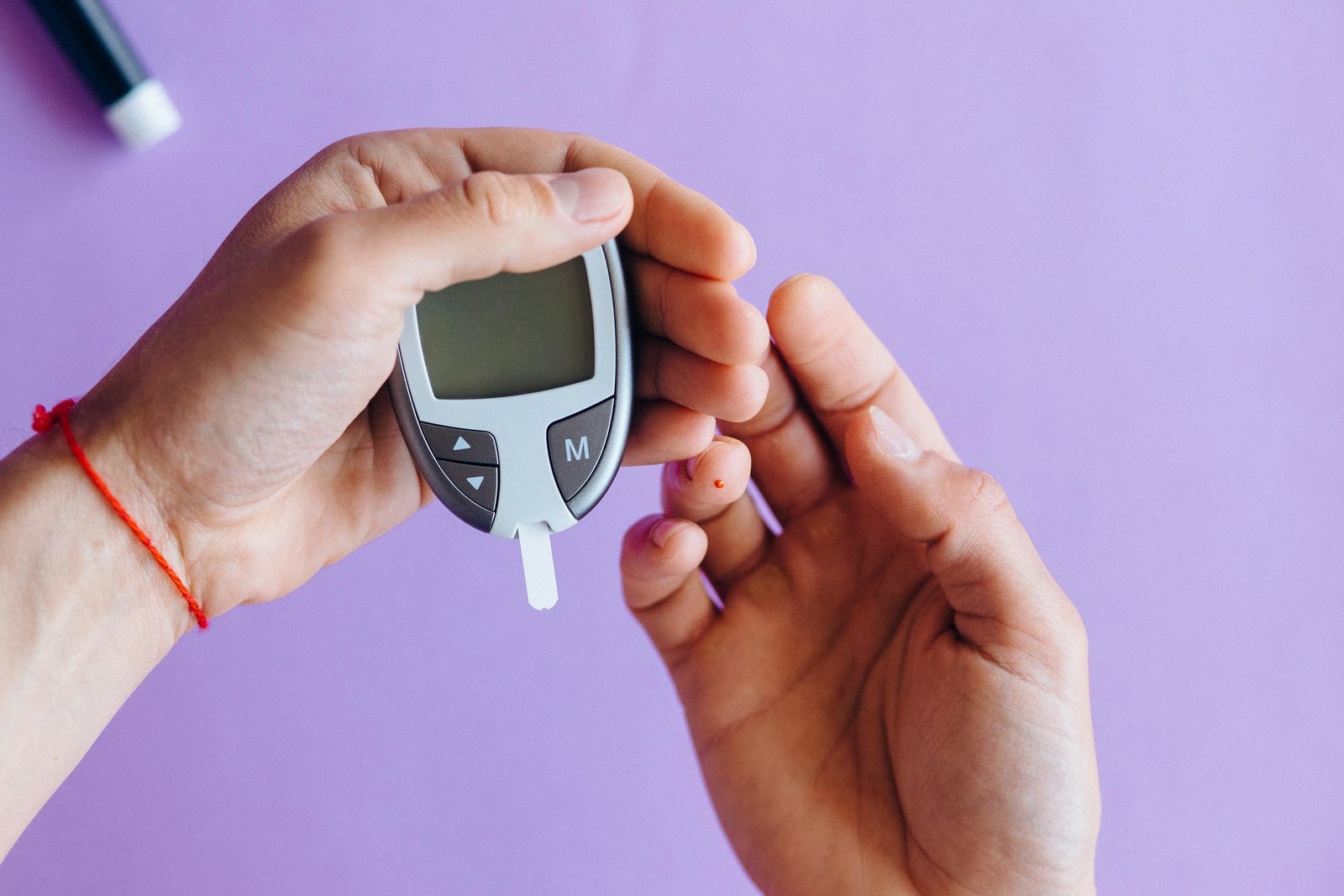4- Dietary changes for T2 diabetics:
Heart week is sometimes celebrated under the motto “The joy of eating”. It’s time to eat less and enjoy the food now! Mindful eating doesn’t have to be difficult: just four small changes can produce results.
A heart-friendly diet is an important part of type 2 treatment. A healthy and varied diet balances blood sugar, prevents the development of diabetes, and promotes weight control.
What is a heart-friendly diet?
A heart-friendly diet reduces the consumption of total sugars, red meat, and saturated fats, and puts plenty of carbohydrates on the plate. Sufficient variety should attract attention and fully influence alcohol consumption. Regular meals and snacks are also an essential part of a heart-friendly diet.
Change is based on small decisions every day.
Changing your diet can cause a lot of stress, worry, and pressure to perform. Even if you want to learn new recipes and fill up the fridge, time and perseverance can be exhausting, because food is more important in life. Changing the rhythm of eating requires repetition and patience.
However, there are many changes to your diet that you can make today or tomorrow without spending hours of preparation. Understand straightforward, efficient tips for a better feast from breakfast to supper, and wonder about the immense medical advantages of little choices.
Little dietary changes with shockingly enormous impacts:
1- Meal One: Avoid giving up on sugar and sweetness.
Replace sugary yogurt with oatmeal sweetened with berries. If your freezer is empty, get the berries from the store freezer!
The effect of healthy choices is to reduce blood sugar spikes by lowering overall sugar levels and consuming fiber in the form of oats and berries. Berries are also health-promoting in other ways, for example, because they contain plenty of potassium (equivalent to salt) and vitamin C.
2- Lunch: Push the carbs to the slow lane.
The health effect of choice: The feeling of hunger decreases because whole grain products contain slow carbohydrates (fiber), which are digested more slowly and keep you full longer. Fiber also slows the rise in blood sugar levels, prevents cholesterol, and supports normal bowel function. Fiber is believed to slow the progression of long-term diabetes because fiber produces metabolites in the colon that support the mechanisms of the pancreas, liver, and intestines.
3- Get a hot smoked beef salad, chicken salad, or chicken soup off the supermarket shelf.
The health effect of choice: By choosing fish or white meat instead of red meat, you consume less saturated fat and avoid a rise in cholesterol levels. Fish with soft fat is particularly recommended. Limiting red meat to three meals a week reduces his risk of long-term cardiovascular disease.
4- Evening Snack – Use the shortcut to chop up veggies.
Whole-meal bread with cherry tomatoes, mini carrots, or pre-cut vegetables is available as a snack. Chop a large batch of vegetables at once in the fridge.
The Impact of Choice on Health: When vegetables are readily available, one must eat more. Eating vegetables slows the rise in blood sugar after a meal provides fiber, and increases vitamins. We consume a lot more vegetables and reduce red foods, which is part of a heart-healthy diet.
A healthy diet is an important part of weight management, which is often aimed at managing T-2 diabetes. As a result, weight is permanently reduced, blood sugar is better controlled and the risk of secondary diseases is reduced. Losing a few pounds improves the sugar balance.
We often believe that we should be able to do a lot at once, but when we start to routine with the small things of everyday life, a bigger change needs to be made.







